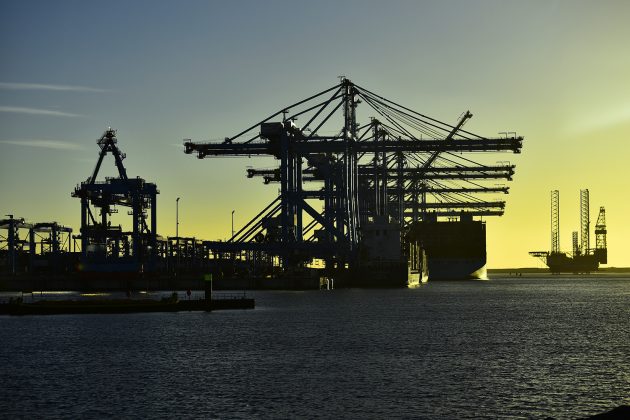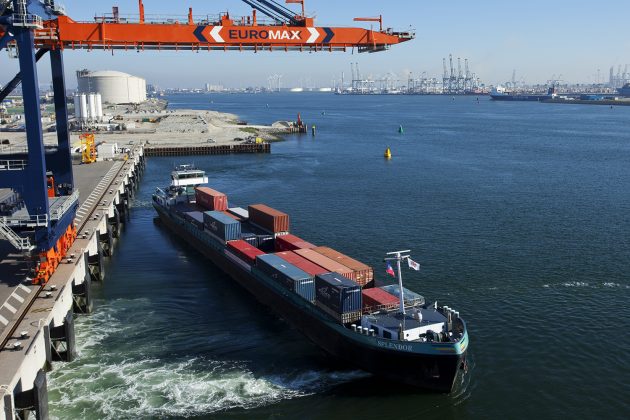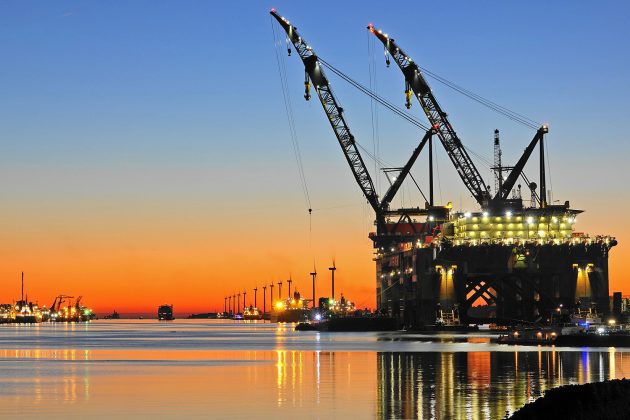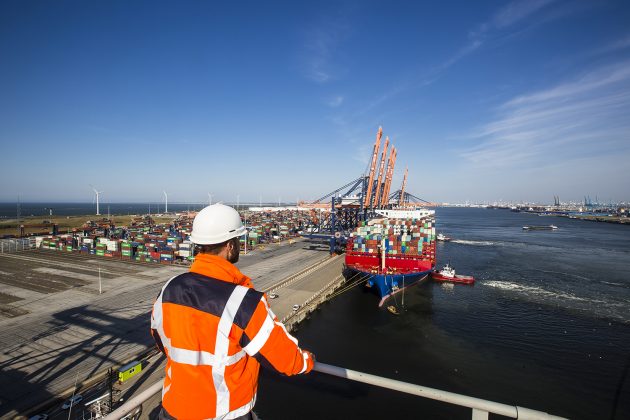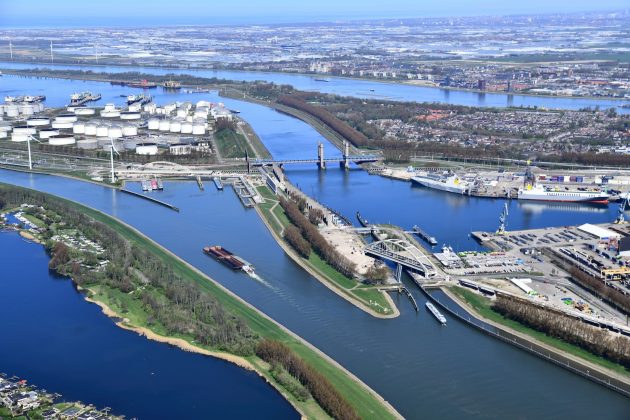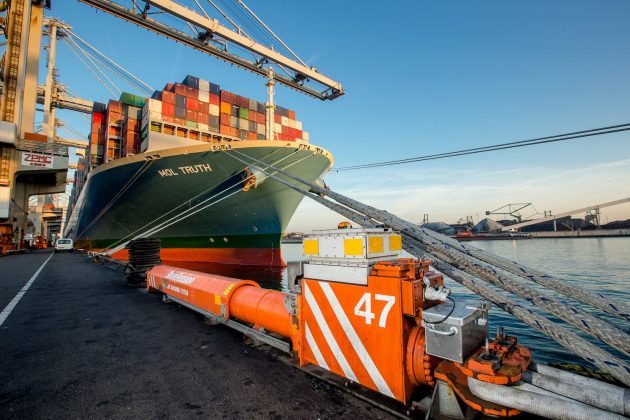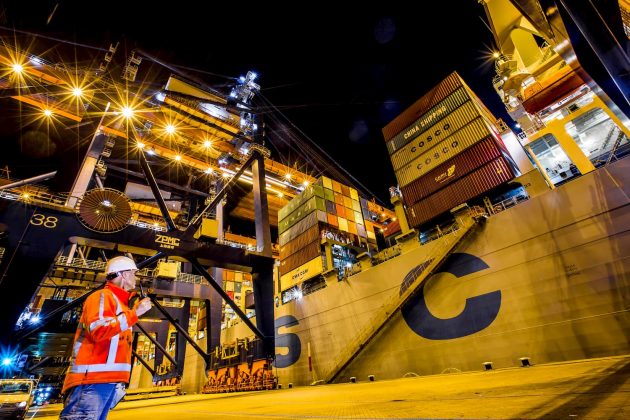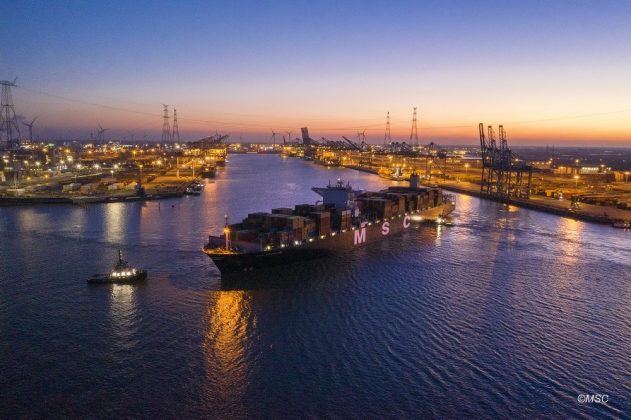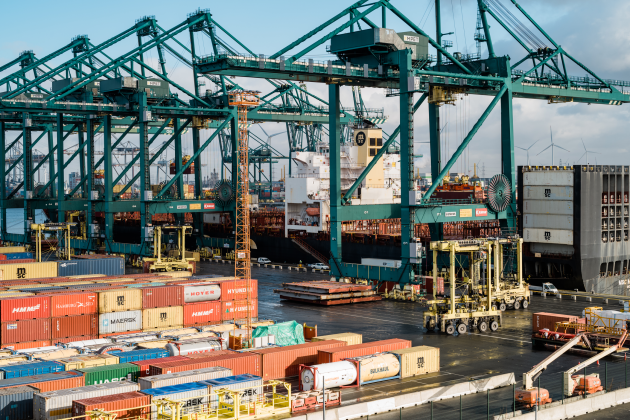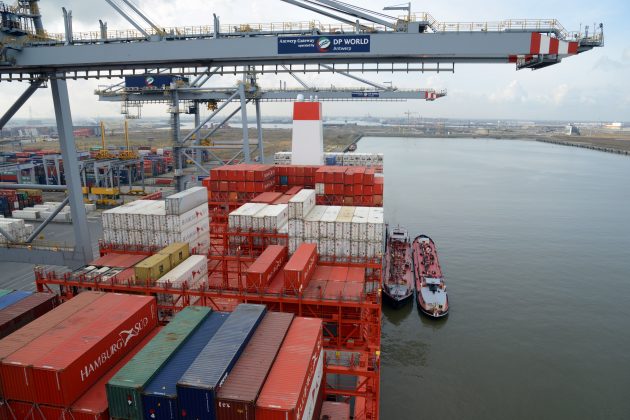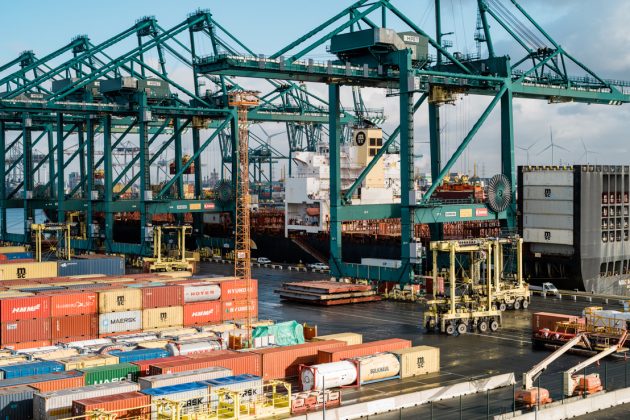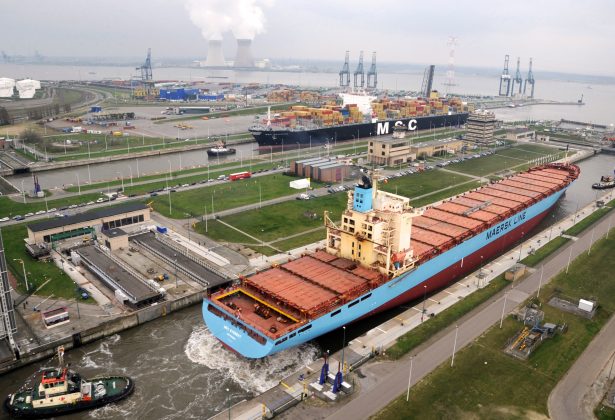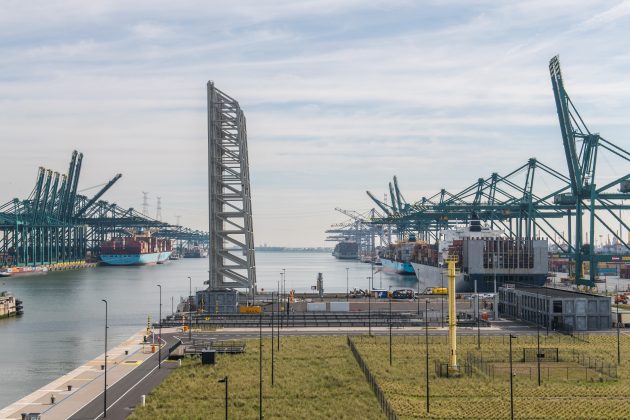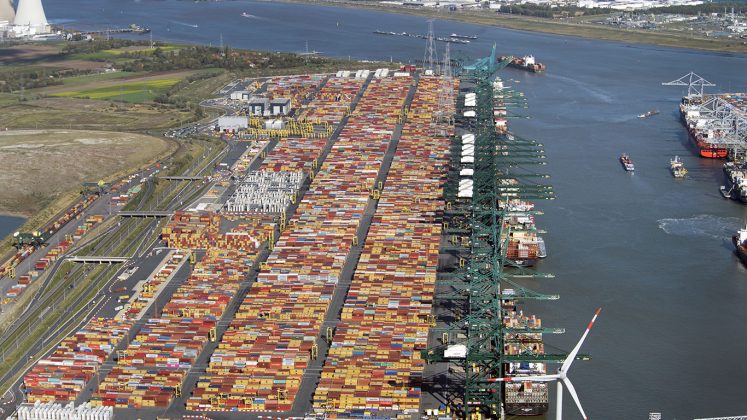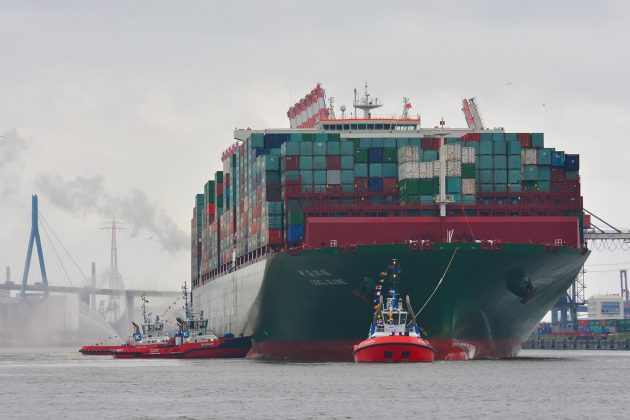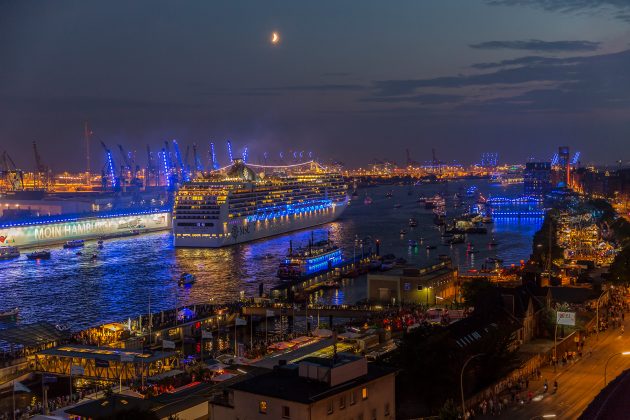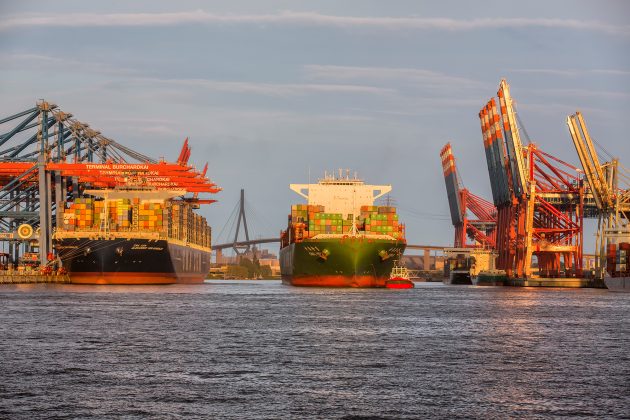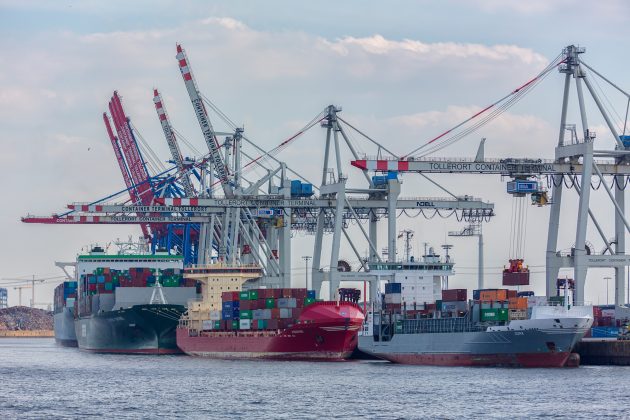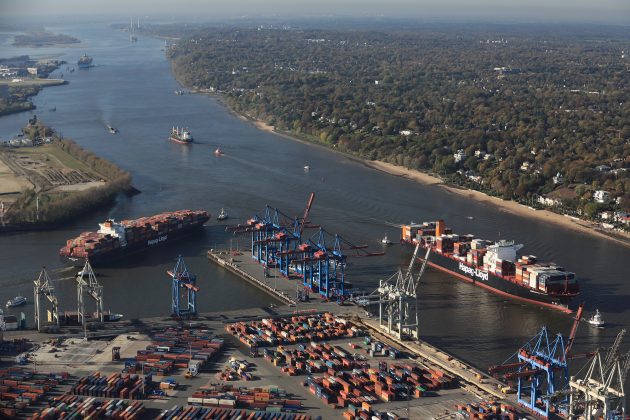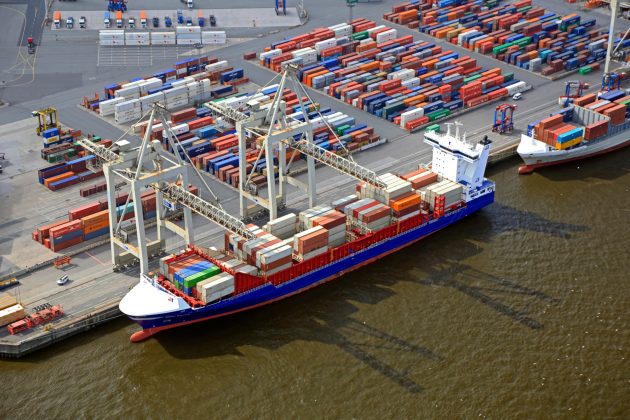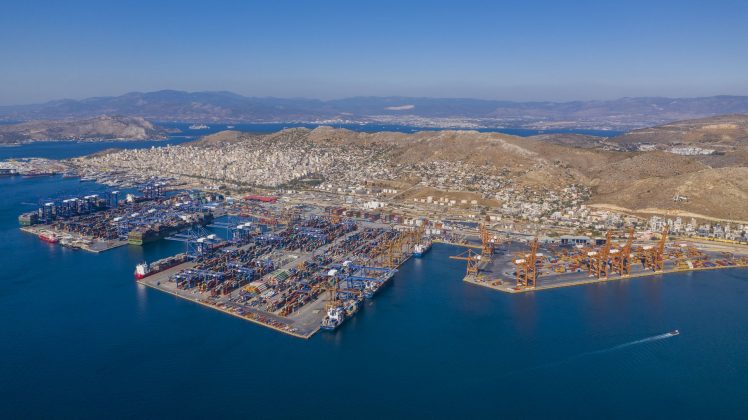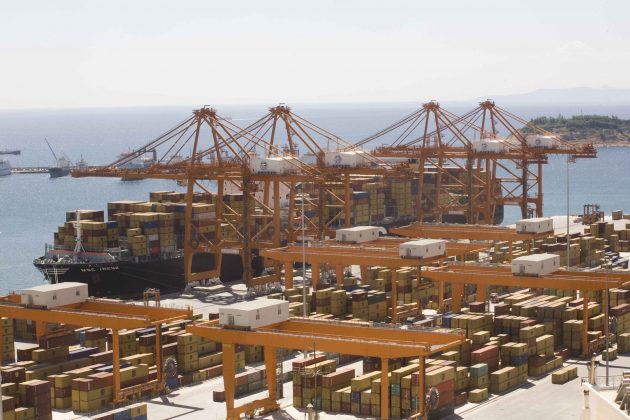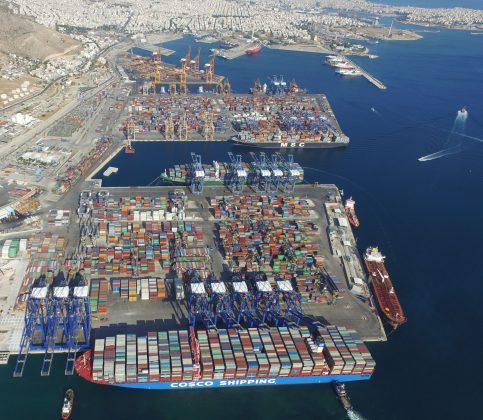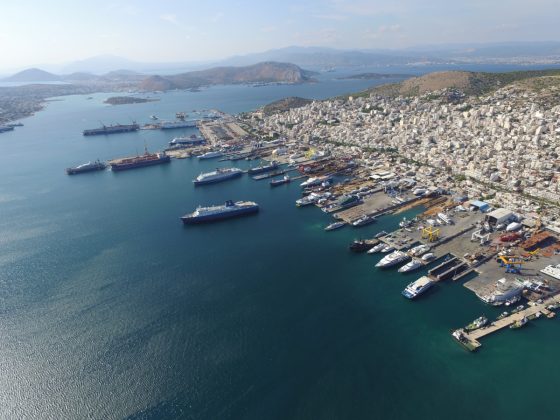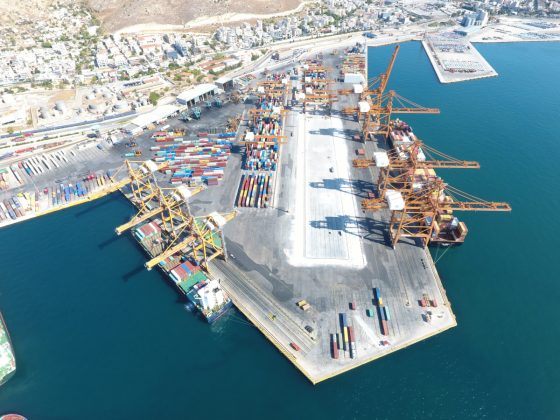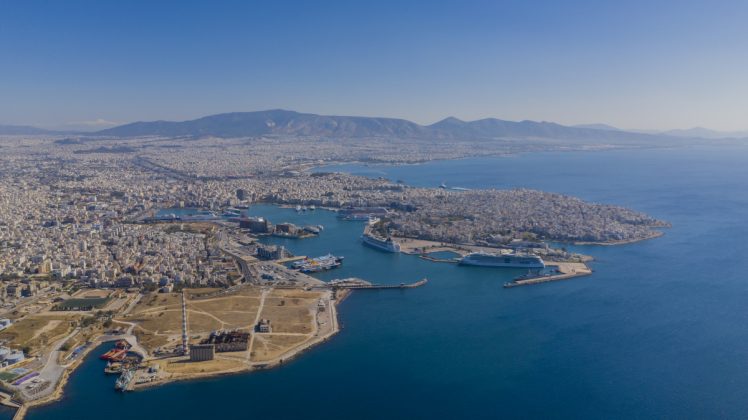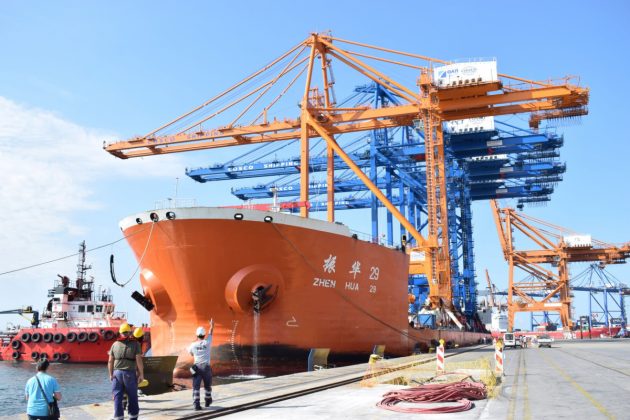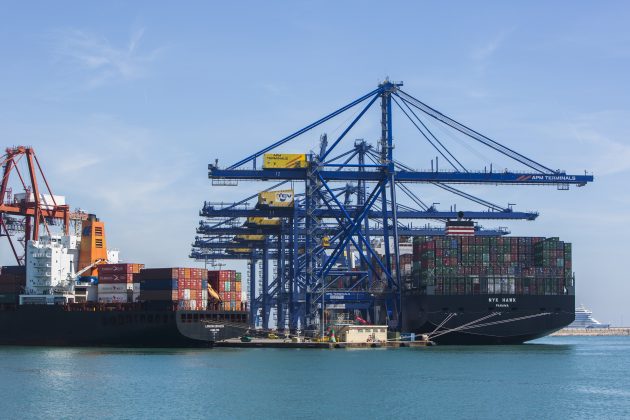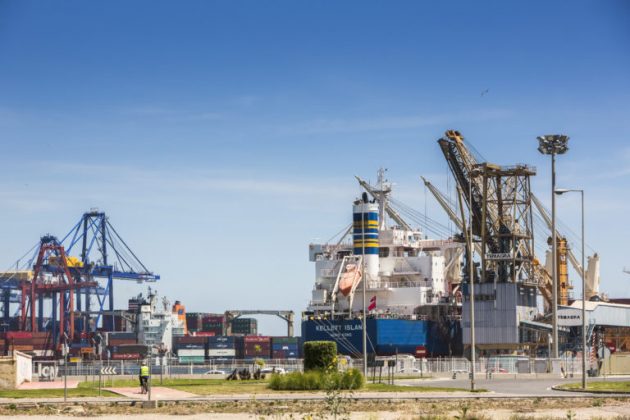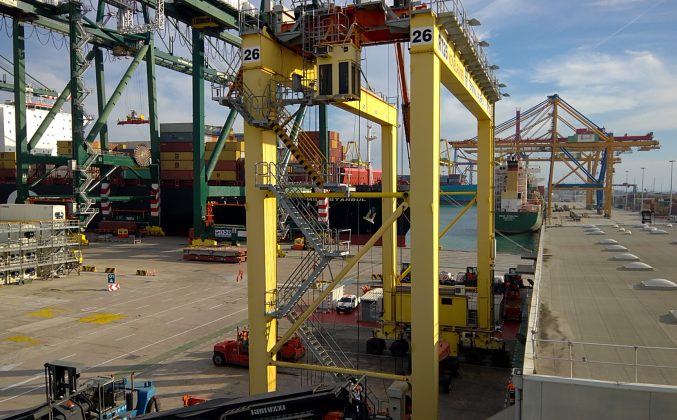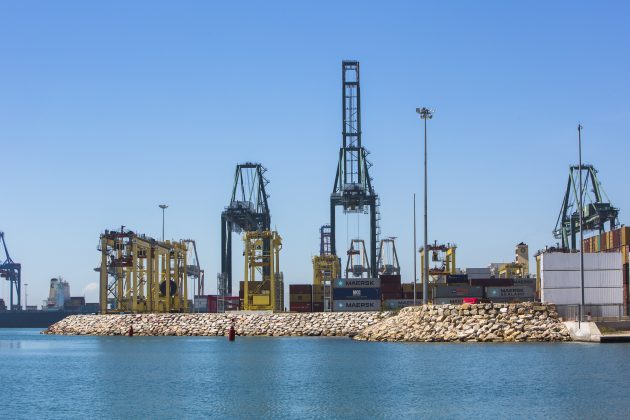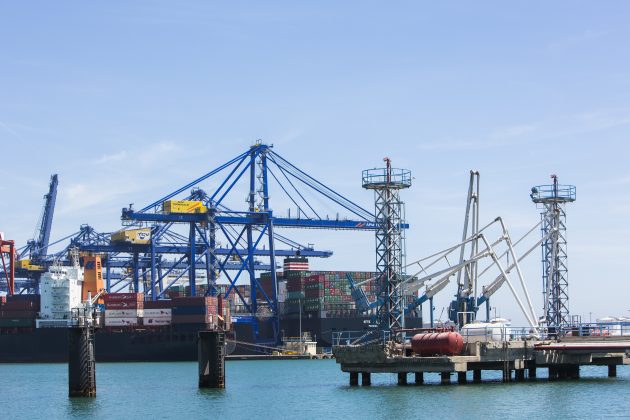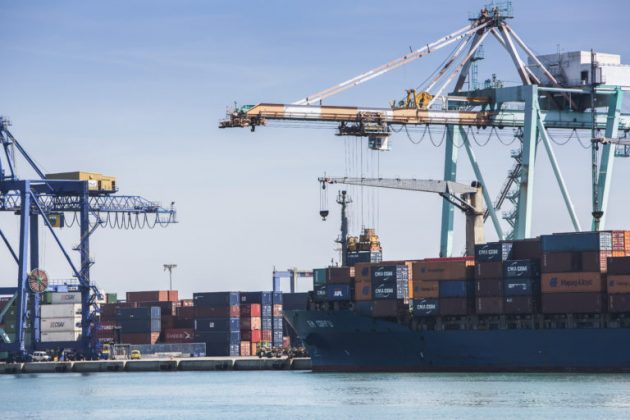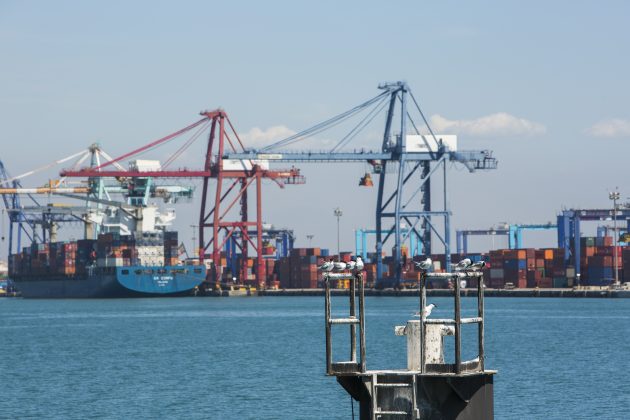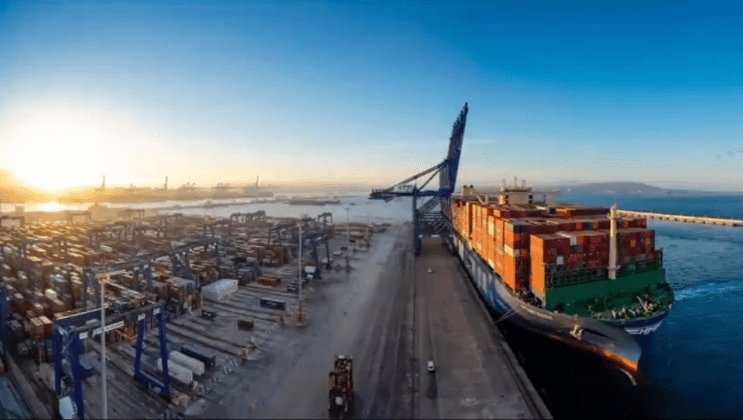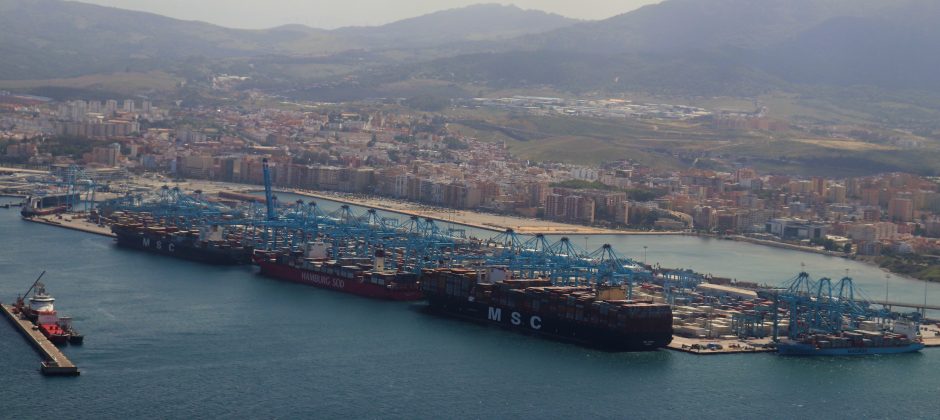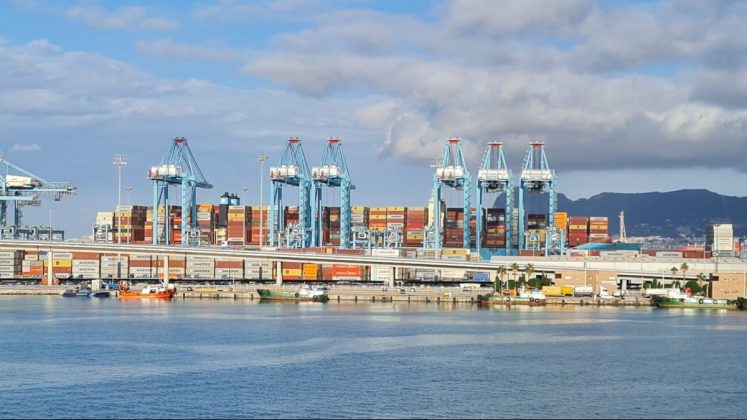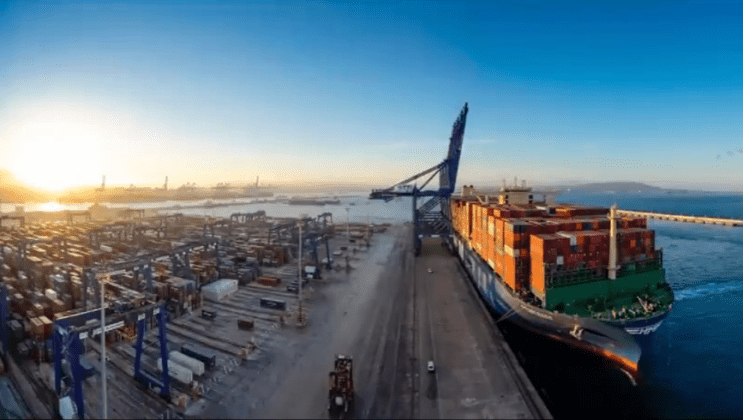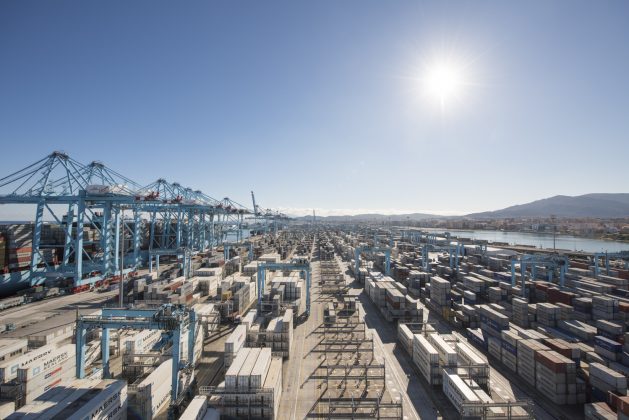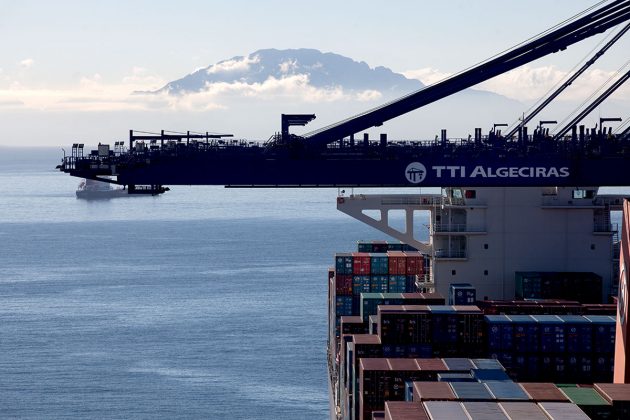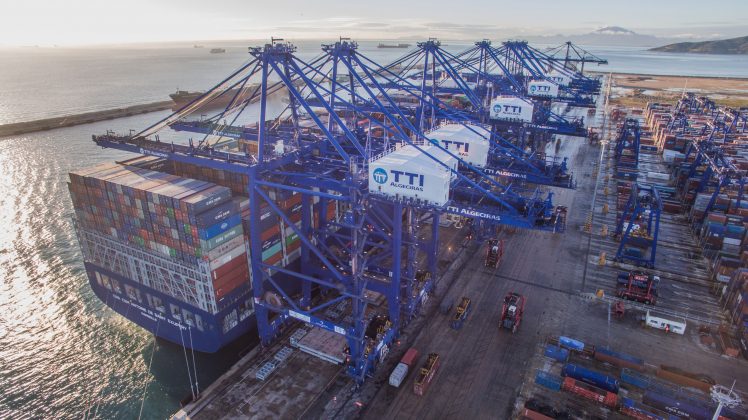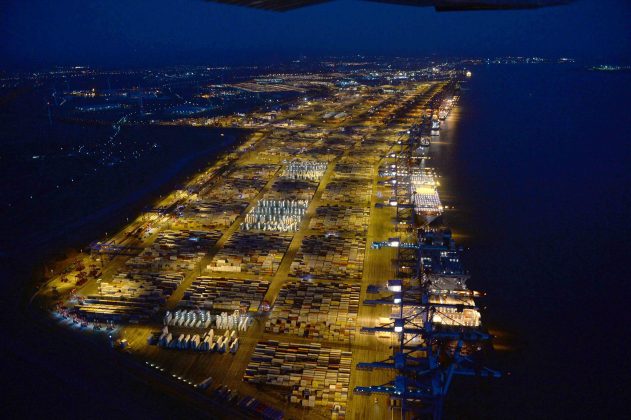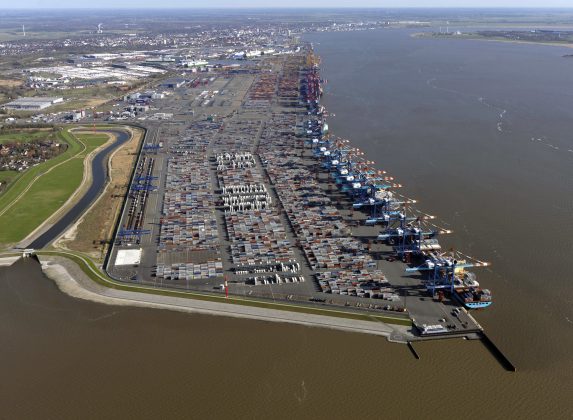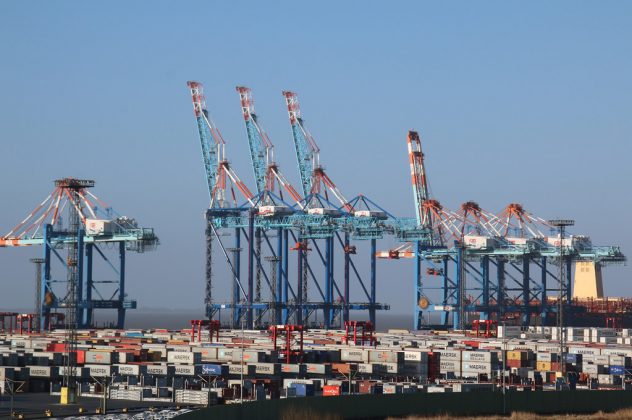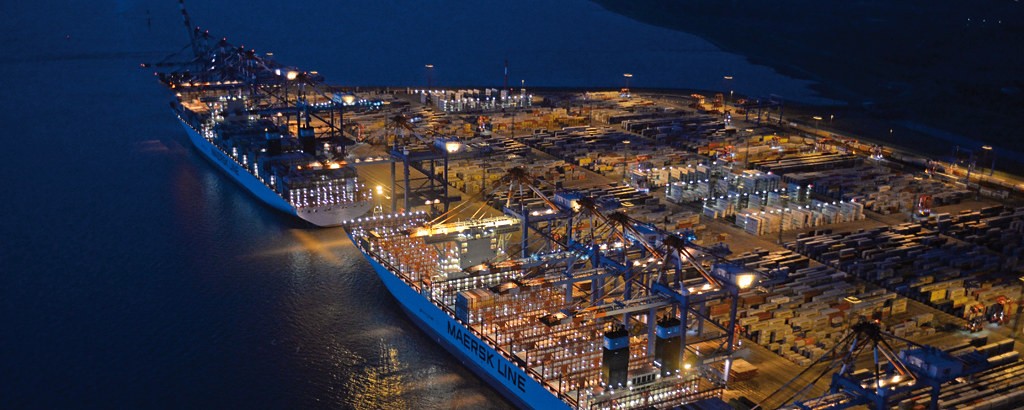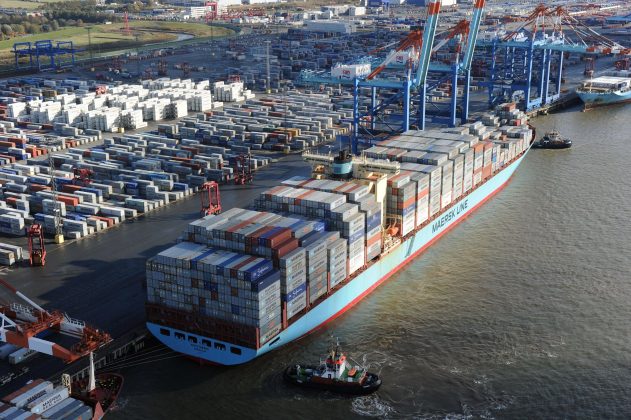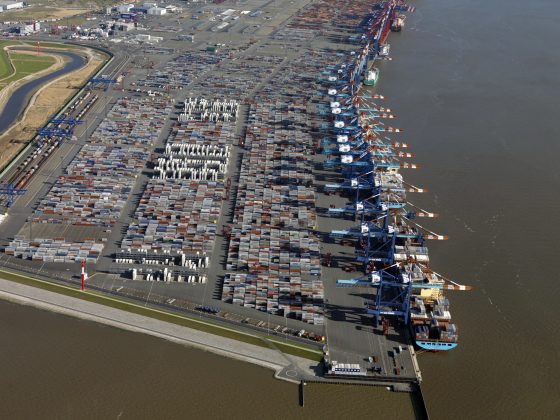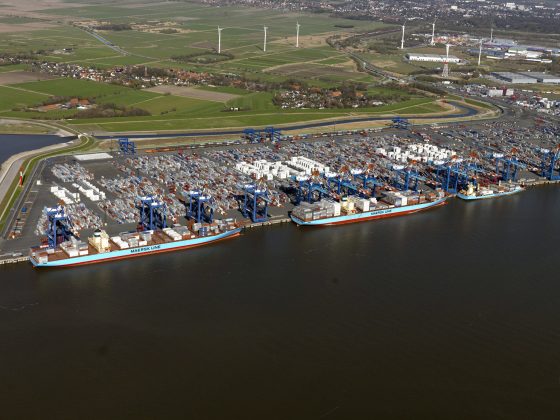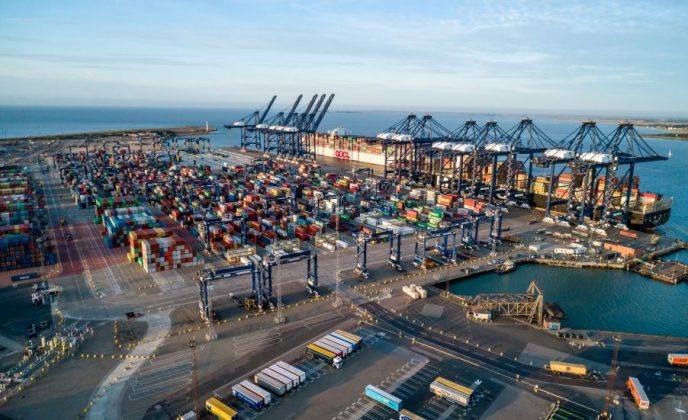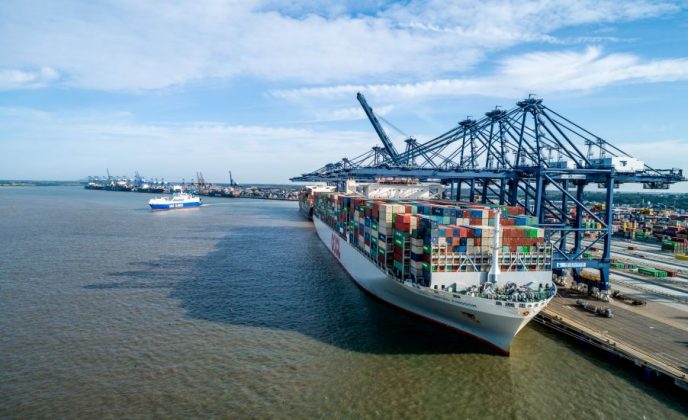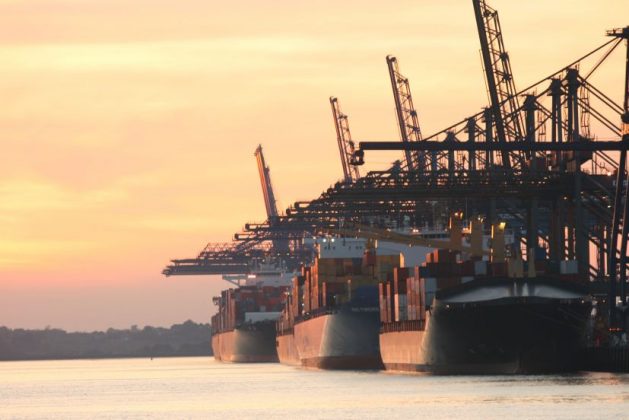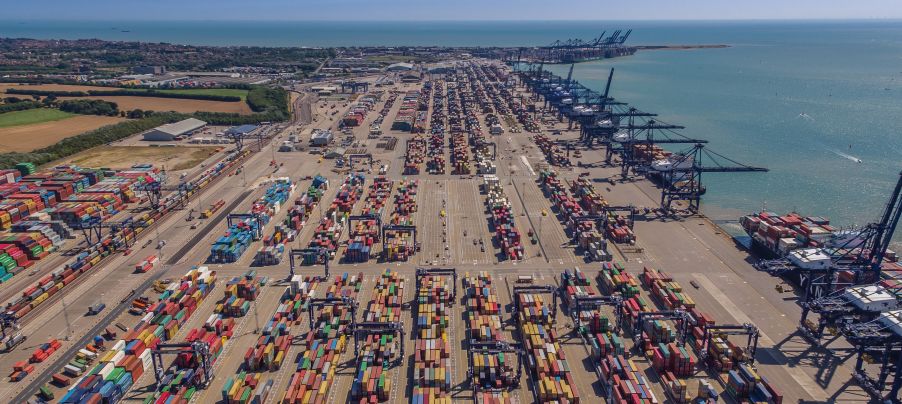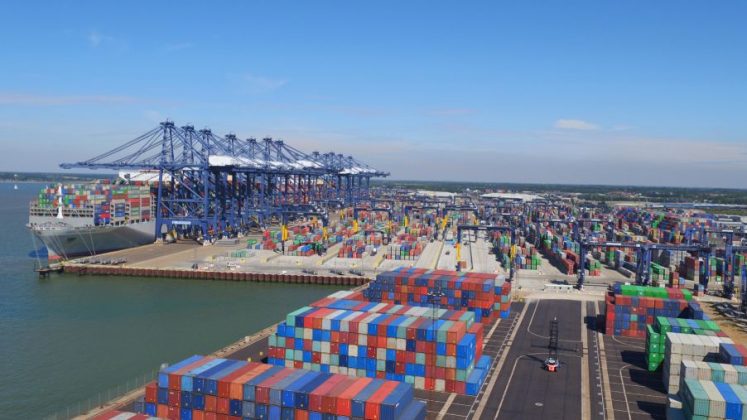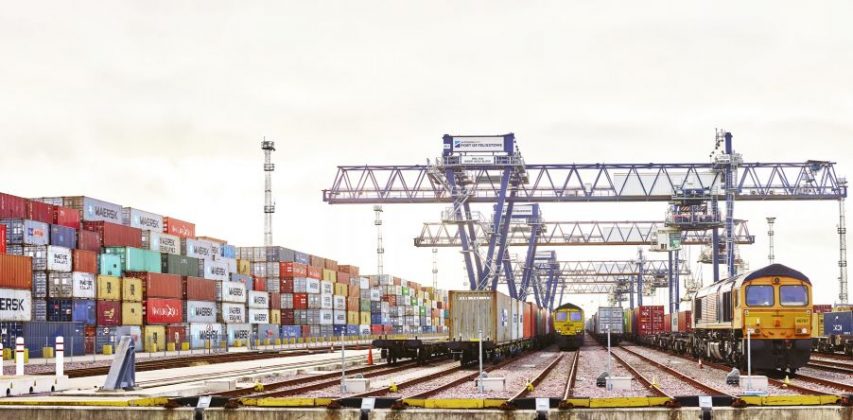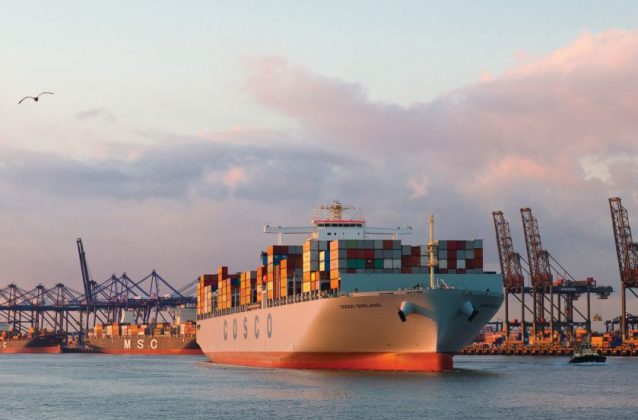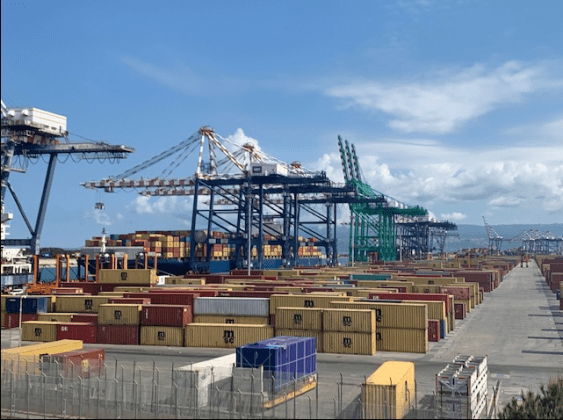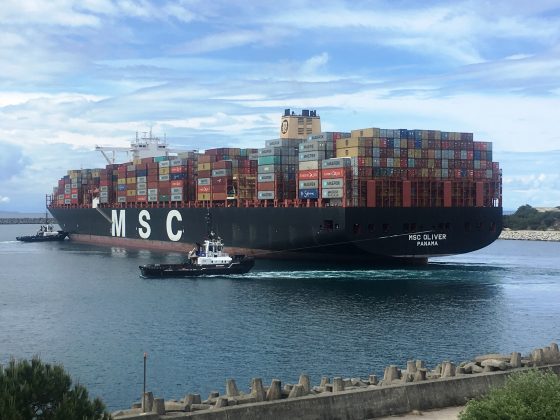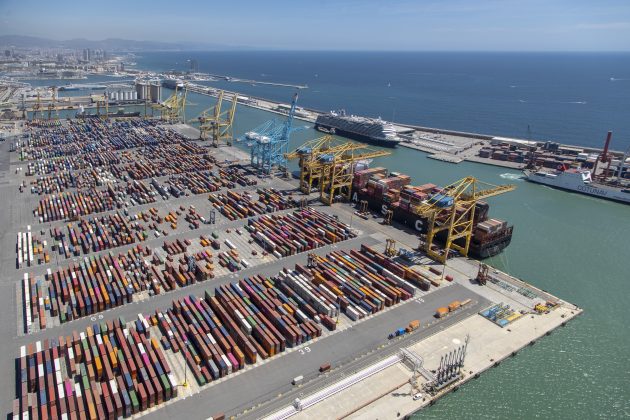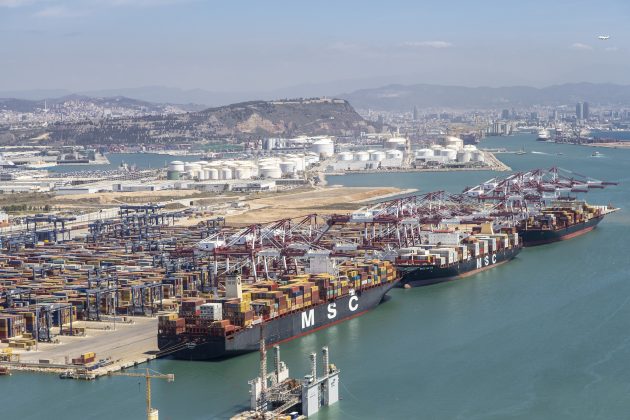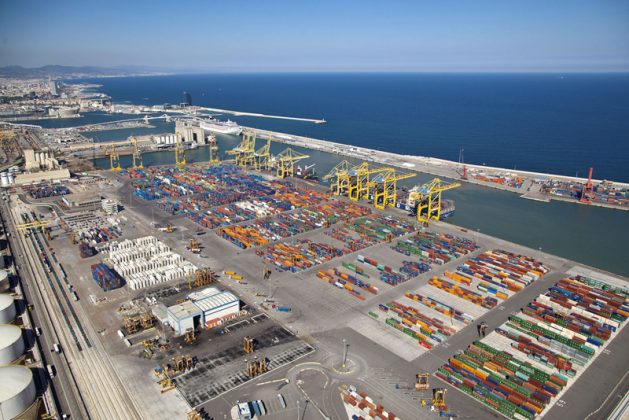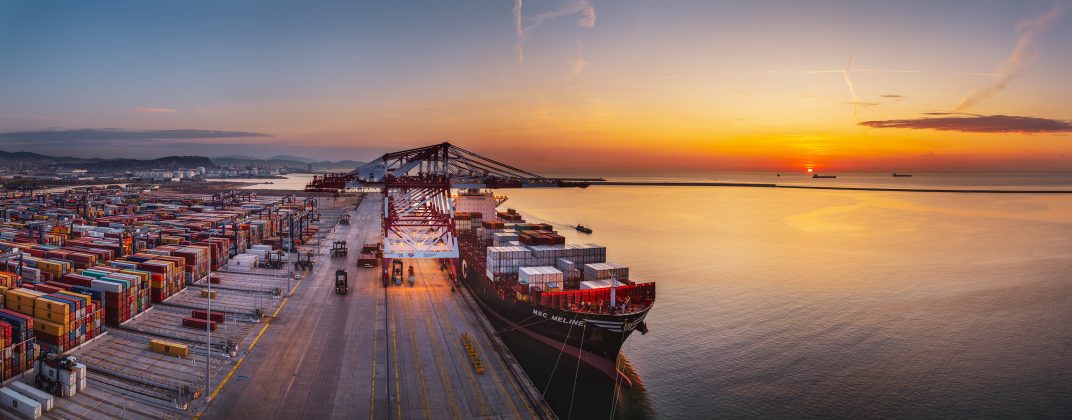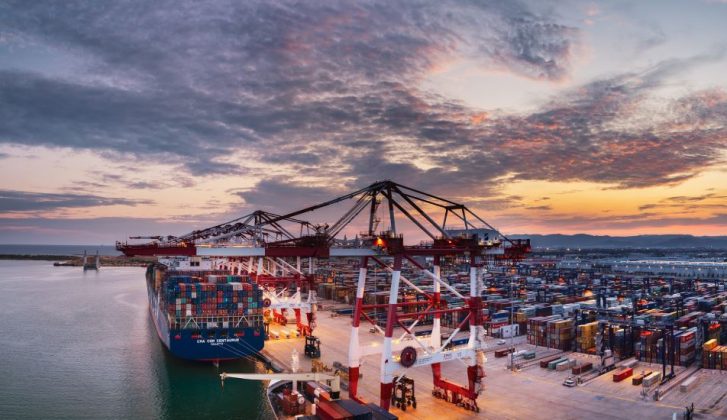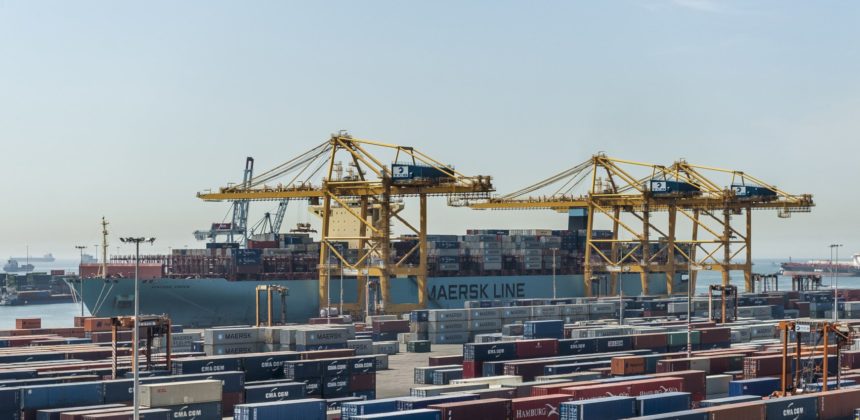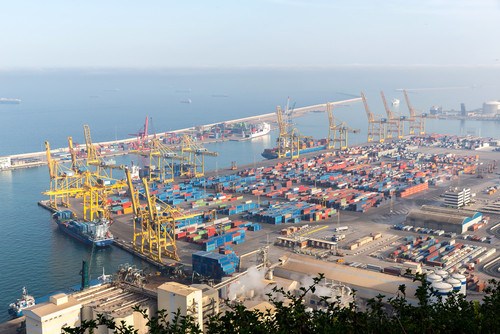A big number of European ports constitute major gateways for international transportation. Apart from the giant container port trio Rotterdam – Antwerp – Hamburg, there are several European hubs which are also developing, achieving to be considered as key hubs for European and global supply chain.
The following list includes the busiest box ports in Europe, according to 2020 data:
-
Port of Rotterdam, The Netherlands – More than 14.3 million TEU in 2020 (-3.2% compared with 2019)
The Port of Rotterdam is by far the largest and busiest port in Europe and the 11th busiest port in the world, handling 14,349,446 TEU in 2020.
With approximately 42 deep-sea calls per week and more than 100 direct deep-sea services in almost 200 ports around the world, the Dutch port is also the largest transhipment hub in Europe.
Port of Rotterdam is distinguished as Europe’s hub for empty containers, with its container deports covering an area of more than 485,622 m2 and specialising in sales, inspection, modification, cleaning and repair.
-
Port of Antwerp, Belgium – More than 12 million TEU in 2020 (+1.4% compared with 2021)
Conducting a total throughput of 12,031,469TEU in 2020, Port of Antwerp is one of the few European ports achieving an uptrend during the pandemic crisis.
The second busiest European port constitutes a gateway to the continent as 60% of European purchasing power is located within a radius of 500 kilometres from Antwerp.
Comprising five deep-sea container terminals with trimodal access each, the Port of Antwerp reports the highest productivity in Europe of up to 40 crane movements per hour per crane on average.
3. Port of Hamburg, Germany – More than 8.5 million TEU in 2020 (-7.9% compared with 2019)
Port of Hamburg is the 18th largest container port in the world, handling 8,527,000 million TEU in 2020, remaining on the European podium.
The port includes four container terminals, all operated by the German operator Hamburger Hafen und Logistik AG (HHLA), with the containerised cargo accounting for 70% of its total throughput in the last year.
The Port of Hamburg also offers important transport links to continental Europe with more than 2,000 weekly train connections.
4. Port of Piraeus, Greece – More than 5.4 million TEU in 2020 (-3.8% compared with 2019)
Port of Piraeus constitutes the largest container hub in the Mediterranean, the 4th busiest in Europe and the 26th worldwide, handling 5,437,000 TEU in 2020, while it accommodates a total box capacity of approximately 7.2 million TEU.
Located at the crossroads of Europe, Asia and Africa with direct access to the Mediterranean, the Black Sea and Adriatic, Piraeus Port plays a crucial role in international maritime transhipment trading.
The Chinese shipping giant, COSCO is the owner of the Greek port since 2010 and its involvement has skyrocketed Piraeus port’s container volumes by 296% comparing 2007 figures with the latest ones.
5. Valencia Port, Spain – More than 5.4 million TEU in 2020 (-0.5% compared with 2019)
Port Authority of Valencia (PAV), also named ValenciaPort, manages three state-owned ports of 80km Valencia, Sagunto and Gandía on the East coast of Spain and ranks as the 5th busiest port in Europe, moving 5,428,307TEU in 2020.
The port has intermodal infrastructure which provides a gateway to Southern Europe and Spain’s major cities by rail and highway. It distributes goods over a radius of 2,000km, both in European countries and in North Africa, representing a market of 270 million consumers.
As it is easily seen, the major Spanish port has closed the gap from the Port of Piraeus thanks to its slighter container volumes decrease during the last year.
6. Algeciras Port, Spain – More than 5.1 million TEU in 2020 (-0.4% compared with 2019)
Algeciras Port is the second Spanish port on the list and the sixth busiest in Europe with a throughput of 5,107,873TEU in 2020.
Consisting of several maritime infrastructures scattered throughout the Bay of Gibraltar, Algeciras is the closest European port to the African continent.
With services from all around the world, the Iberian port is one of the fastest-growing ports in Europe, while its APM and Total Terminal International (TTI) terminals are able to accommodate vessels of 18,000TEU+ capacity.
7. Bremen – Bremerhaven Ports, Germany – More than 4.7 million TEU in 2020 (-1.8% compared with 2019)
The Ports of Bremen, which consist of the commercial ports in Bremen and Bremerhaven, have handled 4,771,000TEU in 2020, ranking in seventh place of the largest European box ports.
A total of 14 berths for mega-container vessels and a railway through which half of the containers are being transported on the hinterland, are the main factors that make the twin ports a suitable spot for transhipments.
The ports group is managed by the German company, bremenports GmbH & Co. KG.
8. Port of Felixstowe, United Kingdom – More than 3.7 million TEU in 2019 (2020 figures not available)
Port of Felixstowe is the leading port of the UK for over 30 years and the eighth busiest in Europe in the last years, handling 3,778,000 million TEU in 2019.
Felixstowe Port, which is operated by Hutchison Ports, plays a crucial role in keeping Britain’s trade moving as its rail and road links connect the port to distribution hubs in the Midlands, and its position gives direct access to other European ports.
The UK port is well known for its decarbonisation activity while it is equipped with 22 rubber-tyred gantry (RTG) cranes which use up to 40% less fuel than standard machines.
9. Port of Gioia Tauro, Italy – More than 3.1 million TEU in 2020 (+26.6% compared with 2019)
With Terminal Investment Limited (TiL) being the full owner of Medcenter Container Terminal (MCT) at Gioia Tauro, the port has noted the biggest growth within all the European ports during the Pandemic year 2020.
With a total throughput of 3,193,360TEU, the largest Italian port ranked in the ninth place of the busiest ports in Europe, over the 13th place during 2019.
Encompassing an area of more than 853 meters of water surface, the port has the ability to accommodate trans-oceanic vessels in transit in the Mediterranean.
10. Barcelona Port, Spain – More than 2.9 million TEU in 2020 (-11% compared with 2019)
Although the third Spanish port on the list presented a decline of 11% in comparison to 2019, the Port of Barcelona achieved to remain at the top 10 of the busiest European ports, reporting 2,958,040TEU in 2020.
The port in Catalonia comprises two container terminals with a berthing line of more than 3,000 metres and provides approximately 100 services with 200 ports on five continents.
 Hotline: 0944 284 082
Hotline: 0944 284 082
 Email:
Email: 


 VN
VN